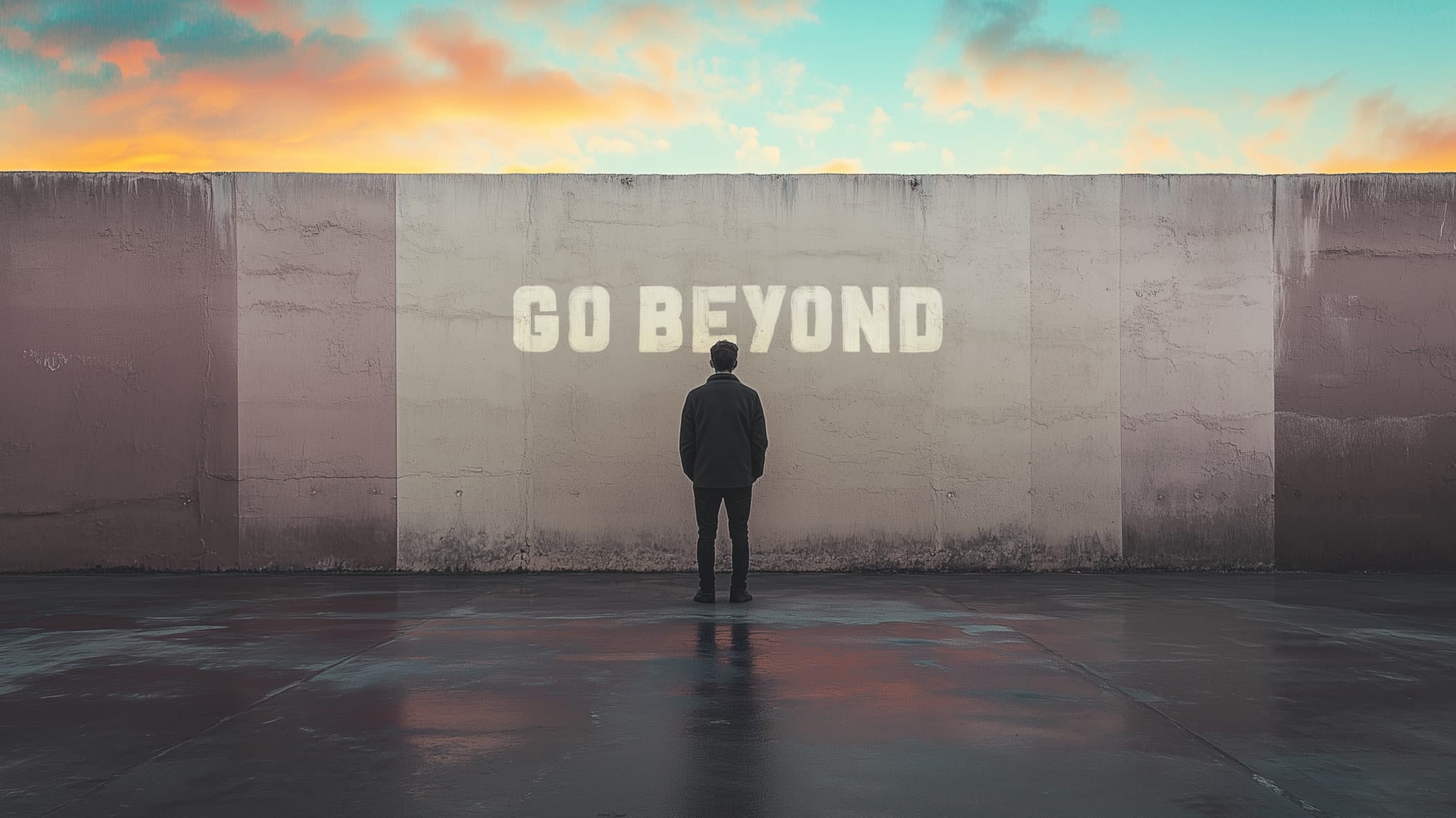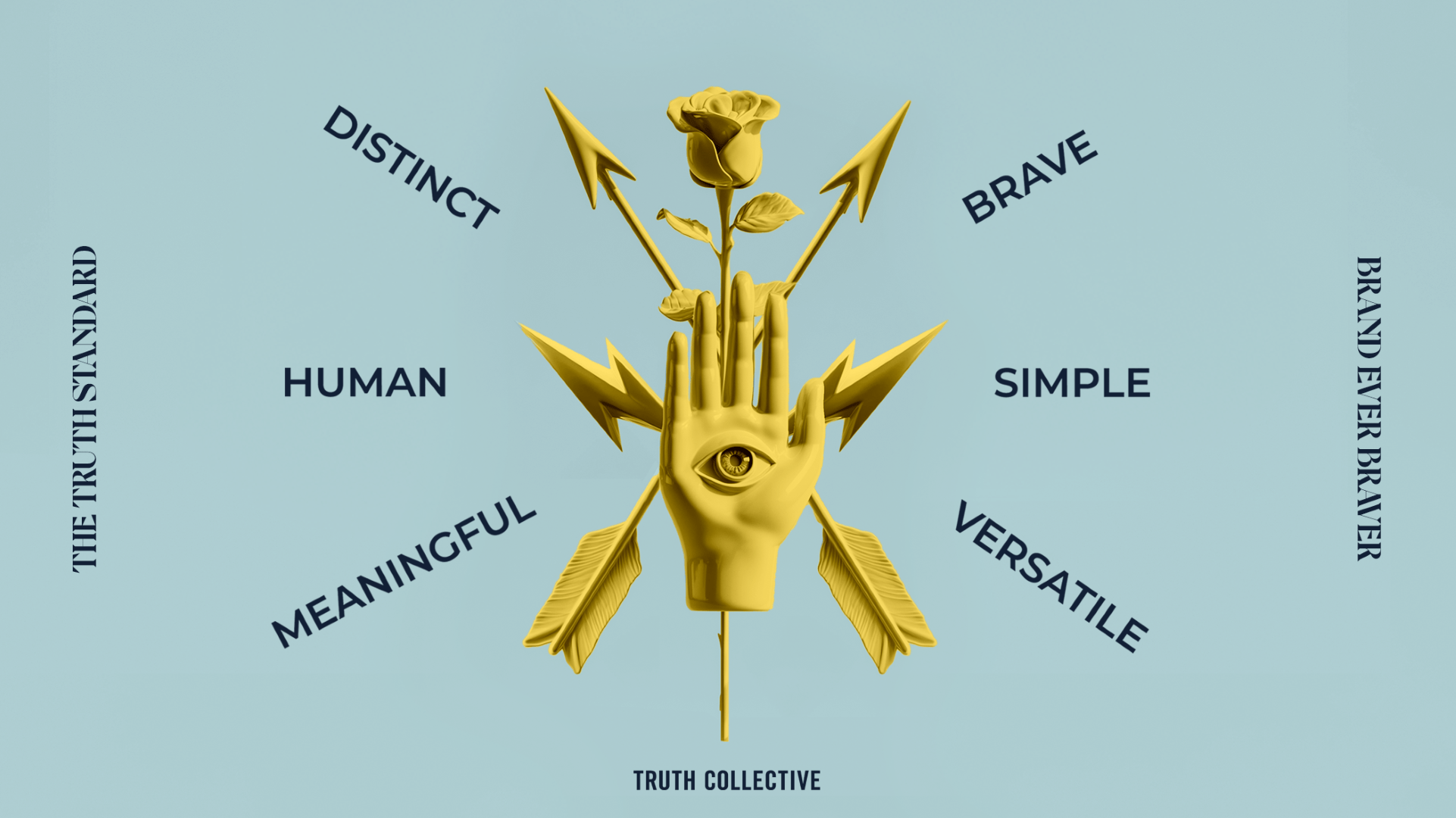Bravery Required: Break Free From Dull Marketing
Guest post from Greater Rochester Chamber member Truth Collective
 For decades, many brands have been locked in a death spiral of mediocrity, churning out slogans that could double as sleep aids. (“We care about you.” “Innovation for a better tomorrow.” “Trusted since 1974, but not before then.”)
For decades, many brands have been locked in a death spiral of mediocrity, churning out slogans that could double as sleep aids. (“We care about you.” “Innovation for a better tomorrow.” “Trusted since 1974, but not before then.”)
It’s not their fault entirely. Creativity is hard. Honesty? Even harder. But being brave? That’s where things get truly dicey.
Here at Truth Collective, we created a solution for this: Honest Creativity. It was like spinach for brands—nutrient-packed, slightly bitter at first, but ultimately making them stronger. It helped companies tell the truth, tell it boldly, and get people to actually care about what they were saying.
But as we have evolved and the environments where we vie for attention get even noisier, we’ve realized that honesty alone isn’t enough. After all, shouting “Hey, we have a reliable product!” is really honest, but it’s also not an attention-grabbing idea. Brands still need honesty, but they also need courage. They need creative work that demands attention instead of politely requesting it.
Enter: The Truth Standard
We realized that great brands aren’t just honest; they’re also audacious. They’re the people at the party who say what everyone else is thinking, but in a way that makes you laugh instead of awkwardly shuffling toward the snack table.
So, we created a new framework that doesn’t just evaluate creativity—it dares it to be better. The Truth Standard judges our ideas on six fundamental elements:
Meaningful: Because Yelling Into the Void Is Exhausting
Does your brand stand for something? Anything? Ideally, something more than “maximizing shareholder value.” Purpose isn’t just a trendy buzzword. It’s the difference between making an impact and making people scroll faster.
Human: Robots Need Not Apply
People respond to emotion. They don’t cry at spreadsheets (except during tax season). Does your brand make people feel something? Joy, nostalgia, righteousness, or indignation? If not, it might as well be selling paper clips.
Simple: Because Nobody Reads the Long Copy
Good ideas don’t require a TED Talk to explain. If you need a whiteboard and a captive audience to explain it, it’s not simple enough. What’s the one big thing your brand wants to say? Say that. Then stop talking.
Distinct: Standing Out Is Valuable. Blending In Is Expensive.
If your ad looks like everyone else’s, congratulations: You’ve just sponsored a very expensive game of Where’s Waldo? with your brand as the elusive Waldo. Own something. Break a norm. Be the neon flamingo in a sea of beige pigeons.
Versatile: Because One-Trick Ponies Get Tired
Great ideas aren’t one-and-done. They evolve. They live across platforms without feeling like someone just copied and pasted them into a different template. If your campaign only works in one place, it’s not a campaign. It’s a lonely tactic.
Brave: If It Feels Too Safe, It’s Probably Boring
This one’s simple. If your idea makes you slightly nervous, like “Should we really be doing this?” nervous, you’re probably on to something. If it makes everyone feel safe and warm, it’s probably a sensible sweater, not a leather-biker-jacket type of brand campaign ready to demand attention.
 The Truth Standard Is a Creativity Fitness Test
The Truth Standard Is a Creativity Fitness Test
Think of this as an evaluation tool. If your work meets these six criteria, congrats! You’re making something worth paying attention to. If not … well, let’s just say we hope the water is nice in the Sea of Sameness you’re currently backstroking through.
Brands that embrace The Truth Standard don’t just sell stuff. They disrupt, they stand for something, they align with people’s values, and—most importantly—they get remembered.
Go bravely into your brand with an AI Bravestorm. Book a session. Bring a challenge. Leave with what’s next.
